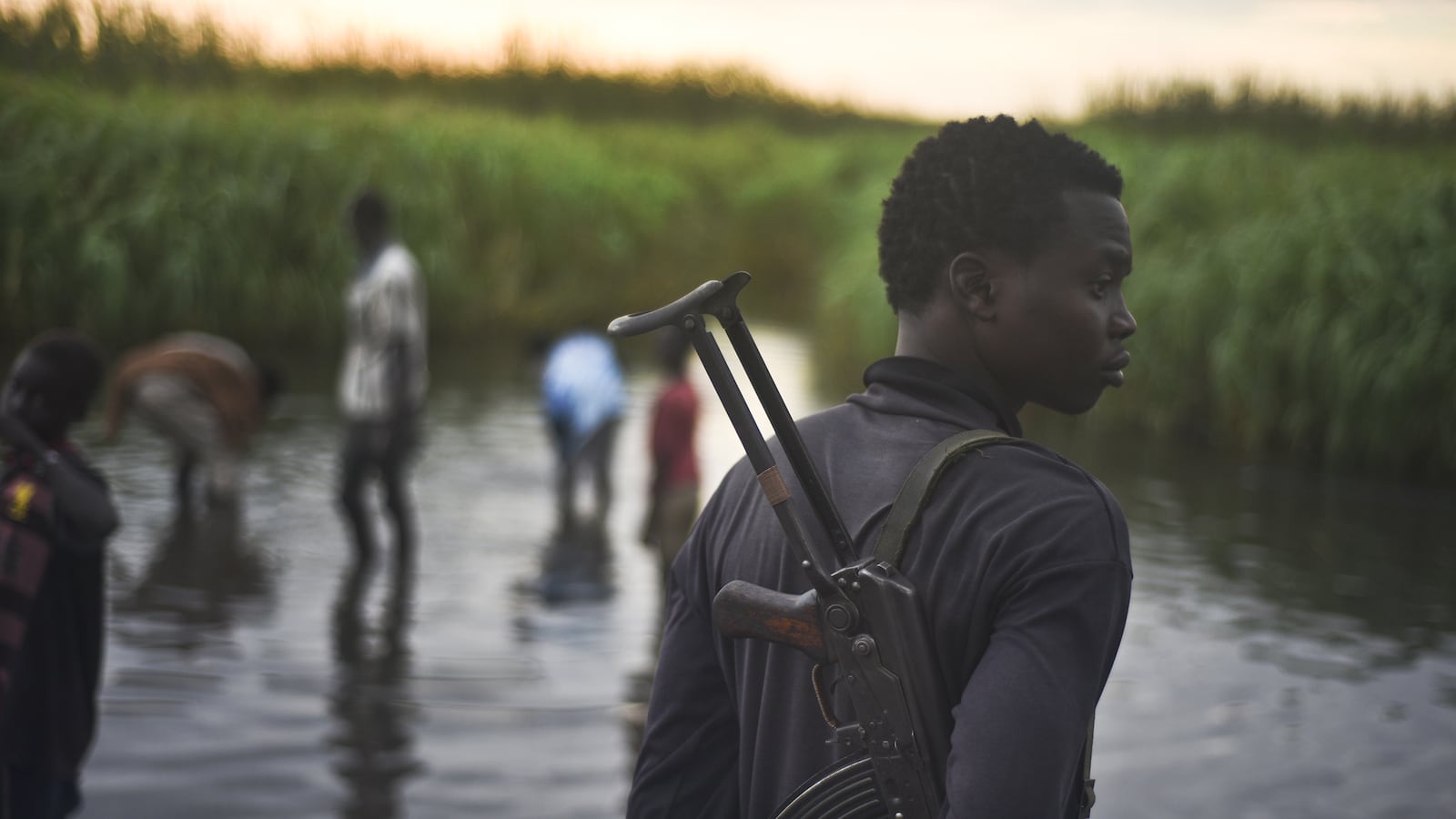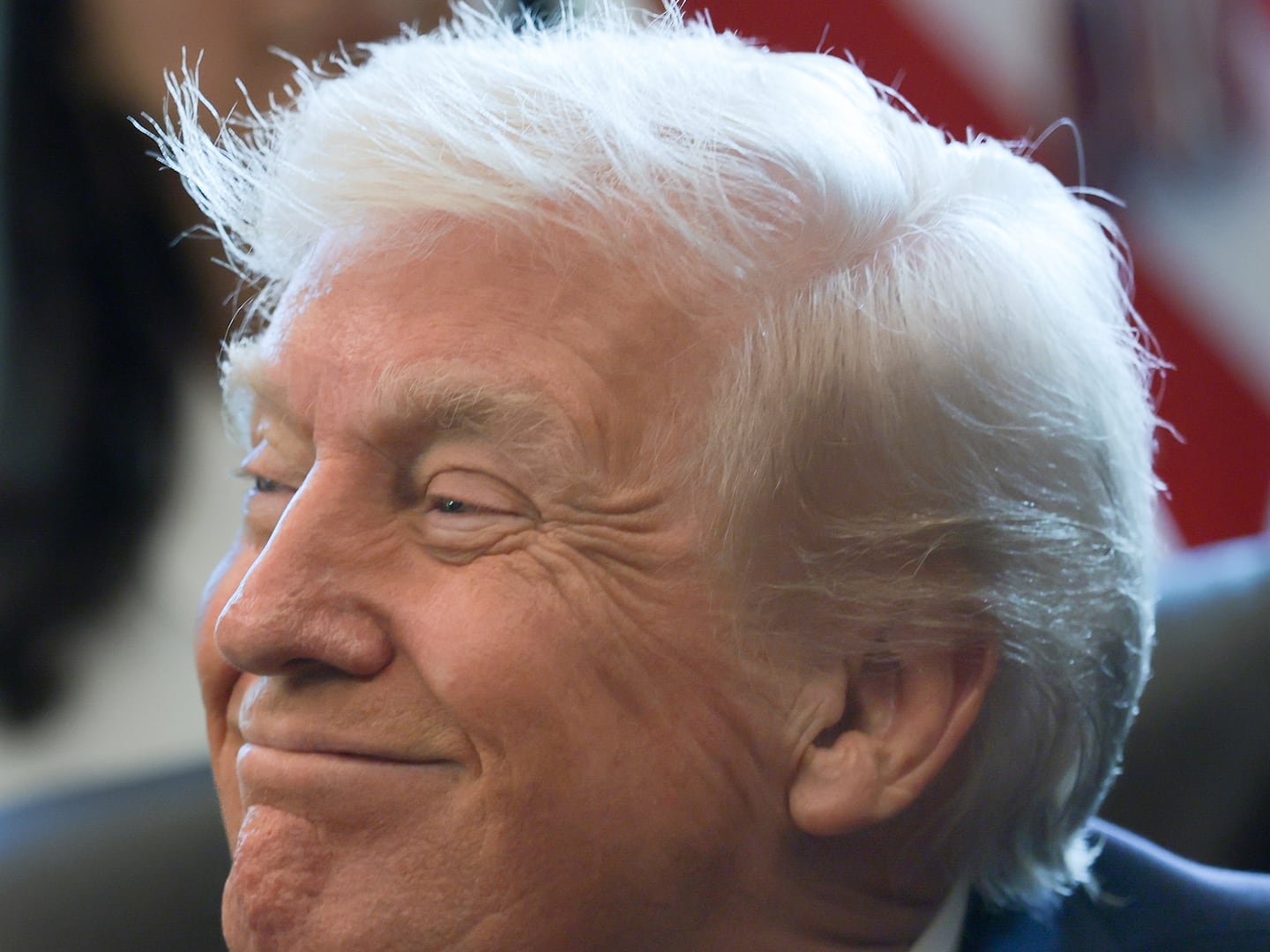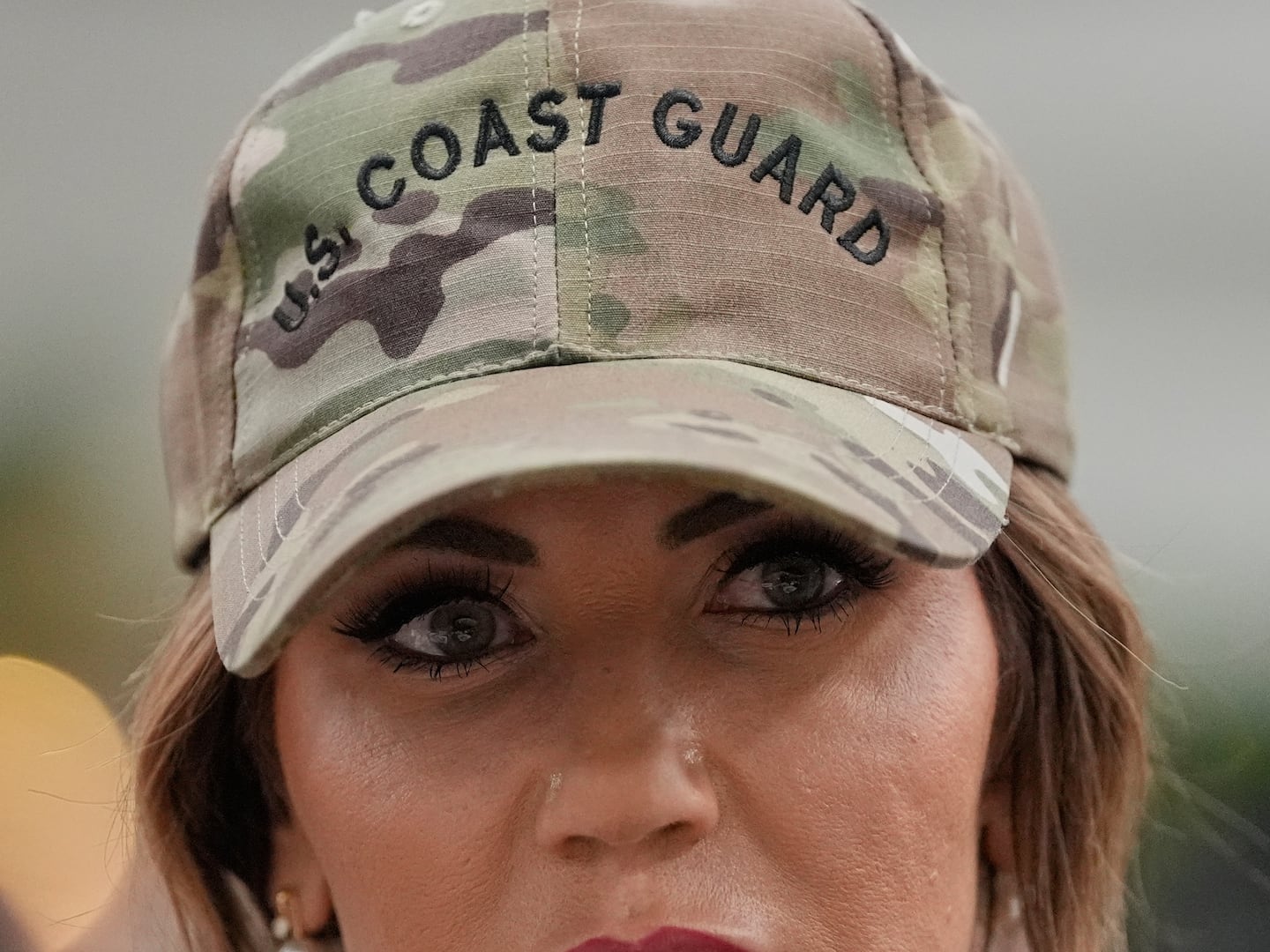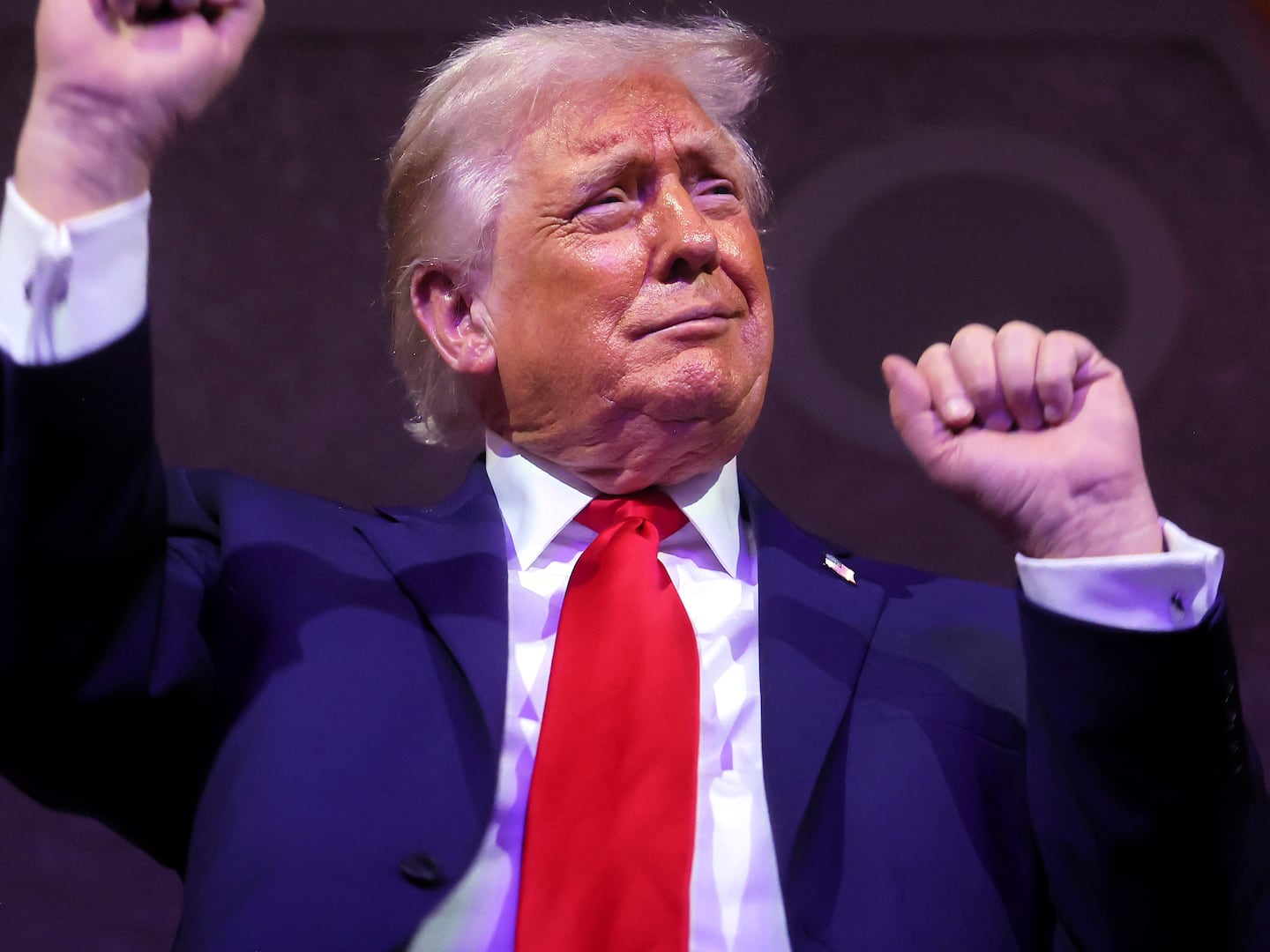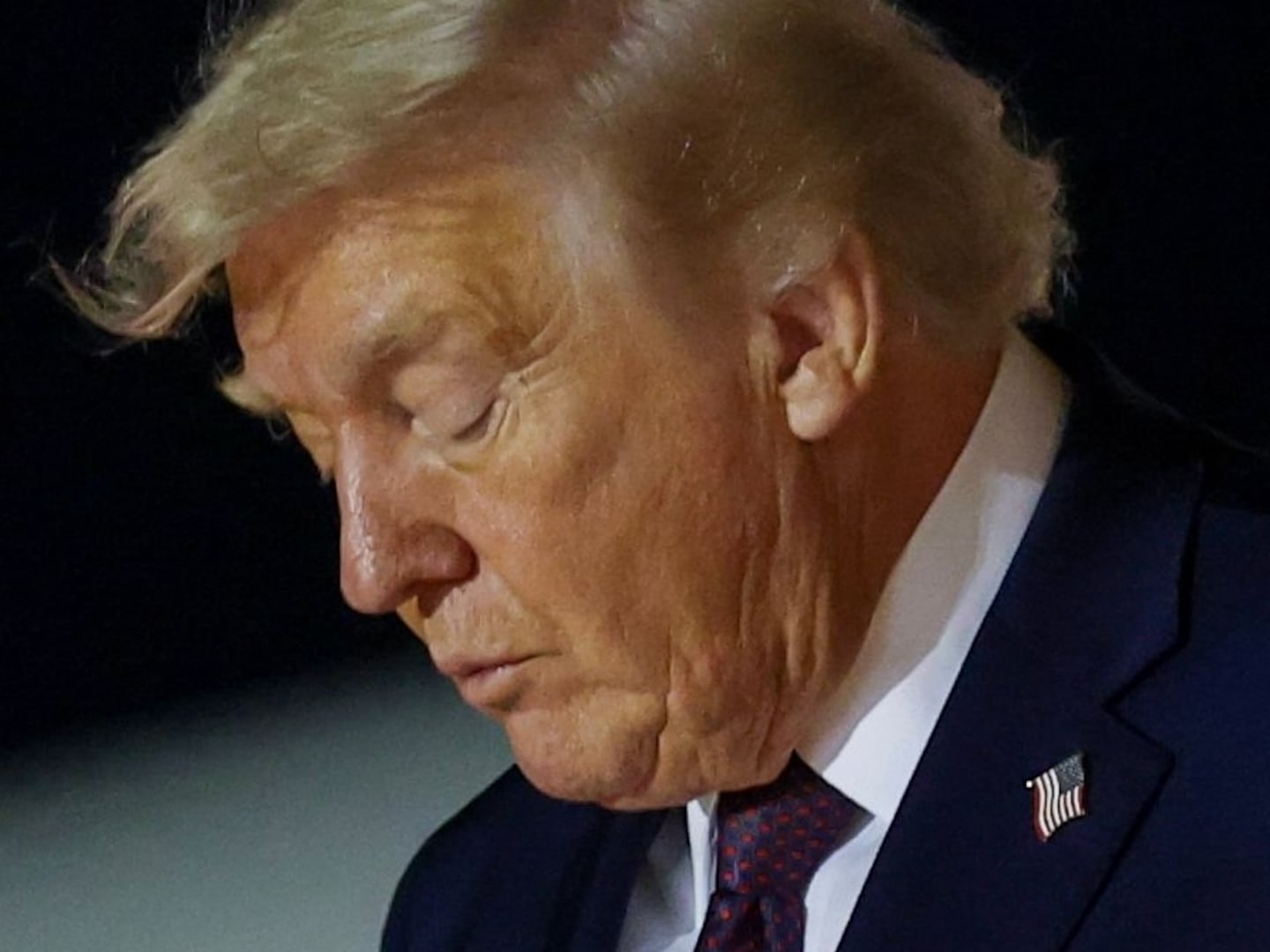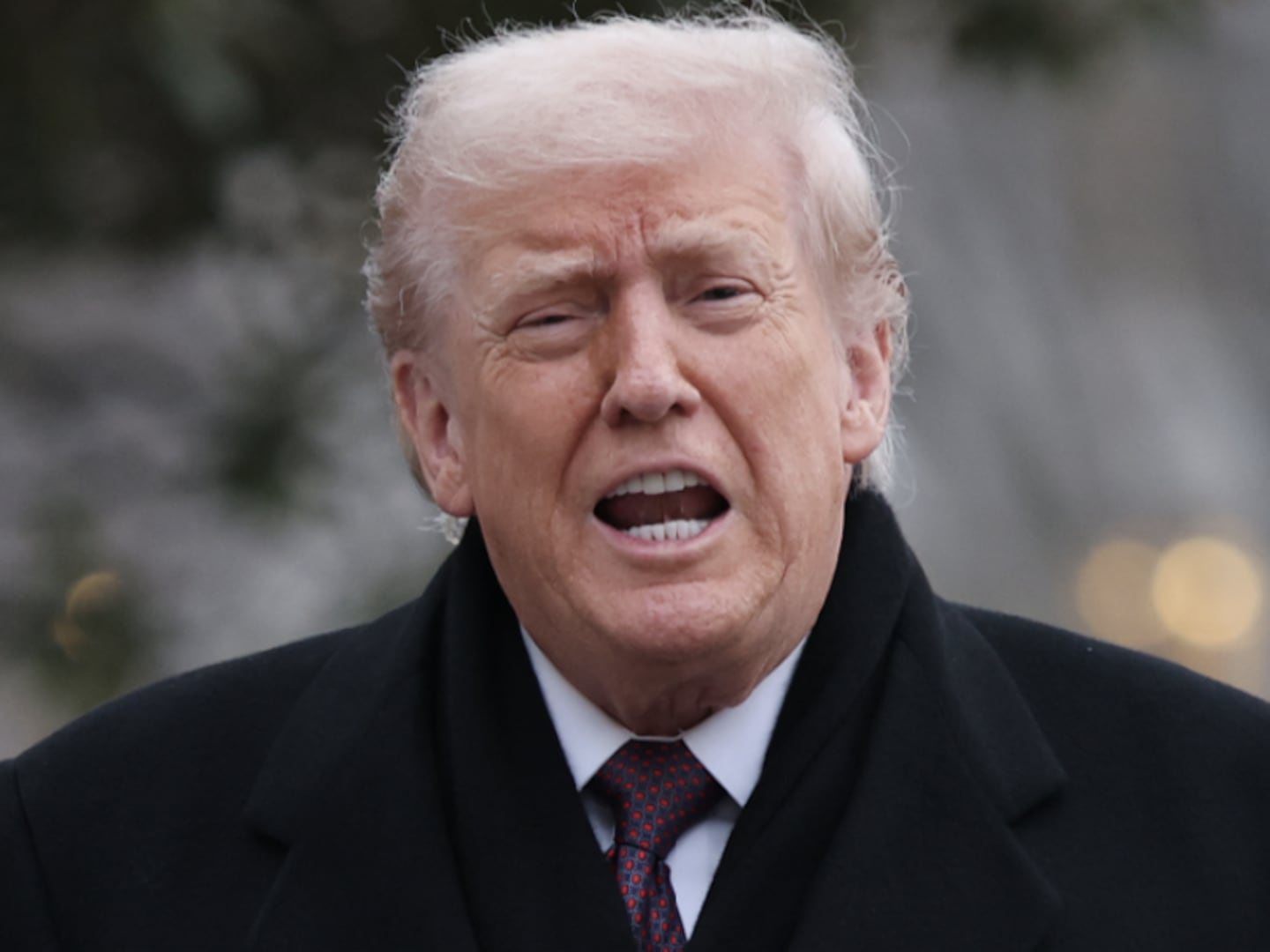LEER, South Sudan — As they walked down the depleted streets here, the soldiers swung their AK-47’s and lazily dragged their feet, lords of the domain before them—the burned-out cars, the scattered furniture, the empty mud houses. They ruled it all because they were among the only people left in this post-apocalyptic town.
Since South Sudan’s civil war began in December 2013, Leer has become the epicenter of violence. What was once a town of thousands has ping-ponged back and forth between the government and opposition, known as the SPLM-IO, until there’s very little left.
After a peace deal was signed in August between South Sudanese President Salva Kiir and SPLM-IO leader Riek Machar, fighting in Leer and the surrounding region only intensified. In October, many humanitarian organizations, even some of the most hardened, pulled out after their compounds were looted repeatedly.
Yet since December, one of the most dangerous regions in South Sudan’s civil war has become uncharacteristically tranquil thanks, in part, to an agreement to save what few lives were left in Leer. Not the lives of humans, but of cows.
In a country where cattle are the centerpiece of society, they have also become a rare source of peace.
In South Sudan, cows are walking bank accounts in a land where financial institutions are an urban luxury; they are a source of nutrition in a country of food shortages, and a requirement for marriage—men must pay a bride’s family around 30 cows to cement a partnership.
“Cows are valued more than anything,” says Mayen Benson, the South Sudanese government’s spokesperson for Southern Leich State, the region where Leer is located. “They are even valued more than human beings. They are part of our life, they are part of our economy.”
Now an end to South Sudan’s civil war seems imminent again—on paper. Last Thursday, South Sudanese President Salva Kiir appointed opposition leader Riek Machar as vice president, the position he held until his dismissal in 2013 and the beginning of the war.
But the local cease-fire in Leer, spurred by the question of the cows, is the kind that is necessary to yield a truly sustainable end to fighting in South Sudan.
Local arrangements that bring a semblance of normalcy to a devastated population may be temporary and might collapse at any moment, they are less grand bargains and more piecemeal solutions, but they are nonetheless vital steps toward sorting out the intricate layers of local conflict in this war.
This town is in the heart of the most violent region in South Sudan’s civil war. The SPLM-IO’s Machar was born in Leer, and the area has been his base of support for decades.
In May of 2015, the South Sudanese government launched a series of scorched-earth offensives here and in the surrounding towns which were previously under SPLM-IO control. Leer flipped back and forth between government and opposition in the summer and fall of 2015, neither side having the capacity to defend the town indefinitely. Tens of thousands of civilians fled the violence, and the lifeblood of society—cattle—dwindled from perhaps 100,000 to around 10,000.
The lack of livestock crippled what little economic and cultural activity remained.
“If you have no cow, you don’t survive,” says Peter Geng, a local SPLM-IO civilian officer in Leer. “That’s why it’s like putting your money in a bank, then when someone has stolen your money you will not be happy. You will either get the money back, or get even with the person who took your money.”
Both warring factions had an interest in saving what little cattle were left. Many politicians in Leer owned herds of cows with nowhere to graze except for the malarial marshlands controlled by the SPLM-IO. The SPLM-IO needed to feed the population living in its midst, which had swelled to around 50,000.
Tentative negotiations between both sides began in an effort to spare the cows, and according to the local leadership of the South Sudanese government and SPLM-IO in Leer, there was an agreement to let cattle roam across the front lines free of violence.
But just as important for the people of Leer, the negotiations over cattle built trust between the two sides, and became part of broader negotiations to implement a local cease-fire. Humanitarian organizations were also allowed to re-enter the area and serve the war-weary population.
So far, the agreement has held. Fighting has come to a near standstill. The cows are passing from government to SPLM-IO territory unmolested.
“At the State Level, these politicians, they realize that even though peace is declared at the national level, there is still fighting and they need to do something about it, and they take it upon themselves to find a solution,” says Keith Dotts, international observer for the Intergovernmental Authority on Development in South Sudan.
A few miles north of Leer, Kuong Kuony Dhol, who is the SPLM-IO commissioner of Leer, sits on a wobbly plastic chair in the baking South Sudanese sun and tells The Daily Beast he made the agreement with his counterpart because he wanted peace, and the people in his territory had no food.
“They came to our area, and nobody took their cows,” Dhol said. “We like peace.”
As cargo planes from the Red Cross dropped bags of food from the sky to feed the people in his territory, a circle of advisors huddled around Dhol, hanging on his every word, often nodding in assent.
But while the agreement has halted the fighting for now, it hasn’t solved the underlying political disagreement between both sides.
Dhol said that he should govern Leer under the auspices of the national peace agreement signed in August. His counterpart with the South Sudanese government, Taker Riak Dong, insists that he should govern Leer.
In fact, the value of local cease-fire agreements like the one here isn’t that they will hold forever, but that if fighting does break out again, there is a fallback which both sides can return to as a framework for peace.
It builds trust one day, and one cow, at a time.

